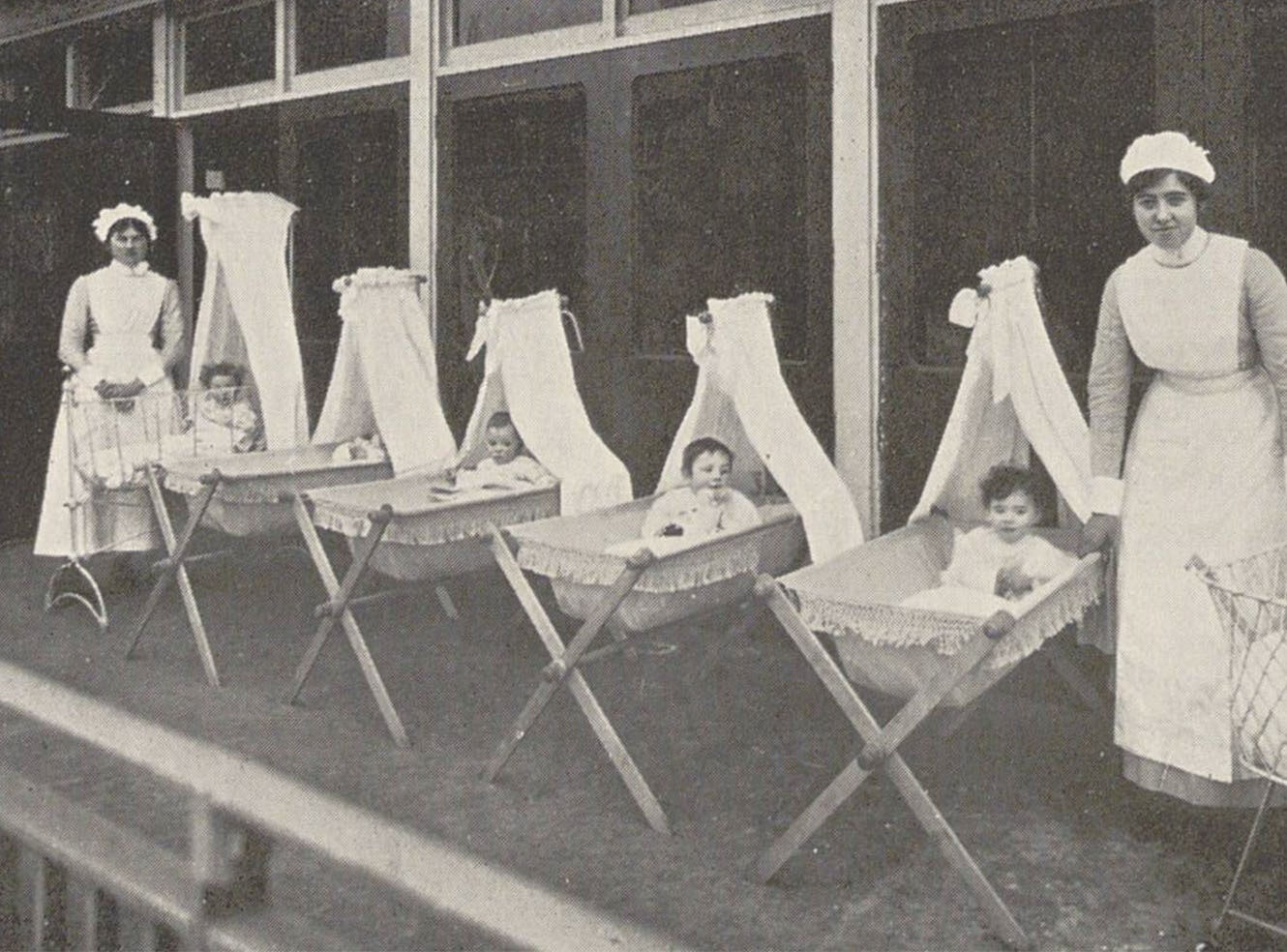"To raise the genius and improve the heart": Private theatricals in British culture
Towards the end of 2010, Adam Matthew Digital released ‘Music Hall, Theatre and Popular Entertainment’, the third section of Victorian Popular Culture. Included in this resource is a curious item from the British Library entitled ‘Playbills, notices and press-cuttings dealing with private theatrical performances, dating from 1750 to 1808’. This fascinating collection of printed ephemera has been described by the theatre historian Sybil Rosenfeld as ‘the most important single source of the period’ for the study of private theatricals. The printed material, organised in the manner of a scrapbook, conveys the widespread enthusiasm for amateur theatre in Georgian Britain, when unlicensed public theatrical performances were illegal.
The items in the collection cover the golden age of private theatricals between 1770 and 1810. Such was the interest in the theatre and acting at this time that people held private, amateur events on their own property. The collection brilliantly illuminates our understanding of the vibrant world of private theatricals performed for invited guests in private houses, halls, castles, and palaces across the country.
The collection is variously attributed to the prolific collectors Charles Burney (1757-1817) and Sarah Sophia Banks (1744-1818). In the last quarter of the eighteenth century, Burney, a head master of his own school, established a reputation as a classical scholar and amassed a huge collection of printed books and English newspapers. On his death, he also left a large collection of manuscripts and printed material relating to the English theatre (now housed at the British Library), of which he had planned to write a history. Banks dedicated her life to collecting a wide range of objects from prints to coins, frequently arranging the material into scrapbooks related to particular themes or events which provoked her interest. The set of playbills, printed programmes, newspaper clippings, and admission tickets in the collection have been arranged over almost two hundred pages and organised under the locations at which the theatrical events took place (see image 1). The place names and many other additional notes are written in Banks’ hand (see image 2) while other annotations have been made by another. As the sister of the famous botanist Joseph Banks, Sarah Sophia likely received her own invitations to private theatricals or at least had the social connections to procure the associated items of ephemera for her collection. One of the items written by Banks includes meticulous details on the rehearsal of The Way to Keep Him at Richmond House in 1787. In her characteristically fastidious style, Banks not only listed the major characters and the dates on which the play was performed but recorded superfluous information on the size of the theatre at Richmond, the date on which the King and Queen had attended, a special seat reserved for Miss Farren, and the date of a performance postponed due to ‘a long day being expected in the House of Commons’.
While the collection largely relates to the private theatricals held by members of fashionable society, amateur theatre was popular more generally, with people from further down the social scale hosting performances in their own homes. Jane Austen’s family regularly held informal events of this nature and Austen explored the theme in her novels, most notably in Mansfield Park. Events at the most distinguished venues were often elaborate and costly. Richmond House, home to the Duke of Richmond, held some of the most splendid affairs with many noble guests invited, including the King and Queen. In the late eighteenth century, Richmond House boasted its own private theatre, which Banks noted could hold ‘125 persons’. Private theatricals at venues such as Richmond and Blenheim were important events on the social calendar of fashionable society and tickets were highly sought after.
The collection conveys the overwhelming professionalism of many of the private theatricals at the larger houses across the country. The majority of the playbills in the collection are professionally produced letter-press printed programmes, containing several pages with reproductions of the prologues and epilogues to particular plays. The hosts of the more prestigious private theatricals also issued admission tickets, which invited guests presented at the door (see image 3 and image 4). This printed material also suggests the rules and regulations that governed events at the larger houses. In 1785, the playbill for a performance of The Winter’s Tale at Wynnstay warned the audience that proceedings would ‘begin precisely at Seven o’ Clock’ and that ‘No Person to be admitted without a Ticket’. A final instruction, printed in capital letters at the bottom of the bill, noted that ‘Ladies are particularly requested to come without hats’ (see image 5). This appeal responded to the craze for oversized millinery, a fashion started by the stylish Duchess of Devonshire who had taken to wearing large head wear adorned with extravagant plumes of feathers. While such a sartorial accessory was à la mode, it was deemed inappropriate at an event where audience members desired an unobstructed view of an eagerly anticipated theatrical performance.
The newspaper cuttings in the collection demonstrate the public interest in private theatricals. Snippets of news related to amateur theatre offered readers reviews of particular performances, with critiques on the acting, set and costumes. At the most prestigious locations, rehearsals were also an important component of the private theatrical. In 1787, the performance of the comedy The Way to Keep Him at Richmond House was rehearsed in front of ‘select friends’ and formed the basis of a review which appeared in the press a few days later. The terms ‘fashionable circles’ and ‘the fashionable world’ frequently appeared in the press with reviewers commenting on the ‘taste’ and ‘elegance’ of the evenings at the most distinguished venues. As well as offering readers reviews of private theatricals the press provided more general information. In 1787, The World reported with much enthusiasm that the ‘pretty Theatre in the Palace of Hampton Court will soon be restored to its original purposes, and a play or two performed by a select party of people of fashion’. The same article also informed its readers that ‘The Theatre at Shanes Castle of Private Theatricals, the most jocund and the best, is no more, at least for the present’.
Readers were offered extraneous details on the members of the audience, the pre- and post-play entertainments, and even the designs of the admission tickets. In 1799, the press reported that Lady Shaftsbury’s guests at a house in Portland Place were treated to card games and dinner, ‘where three tables... were laid out and ornamented with all the delicacies the Confectioner, Fruitier, &c., could procure’. A ball concluded the evening’s entertainment (see image 6). In 1804, a review of a private theatrical at Coxheath Camp, a military base, commented that a ‘more brilliant assemblage of fashion has seldom been witnessed. The Theatre was brilliantly illuminated; a full military band attended, and before the performance began God save the King and Rule Britannia were played with great effect’. The proceeds made from such elaborate events frequently went to charitable causes.
Despite the widespread enthusiasm for private theatricals they were not without their critics. Moral concerns coalesced around the perceived potential for licentiousness and the morality of the performers who intimated close personal relationships in intimate settings. Other critics focussed on artistic considerations. In his ‘Remarks upon the Present Taste for Acting Private Plays’ Richard Cumberland had urged amateurs not to attempt to replicate professional standards but produce plays ‘planned upon a new model, original, and peculiar to themselves’.2 Despite these voices of disapproval or concern, amateur theatre thrived across the country and came to form a popular and much loved pastime. This unique collection of playbills, press cuttings and admission tickets, held at the British Library and digitised for Victorian Popular Culture, attests to the importance of private theatricals in British culture during the eighteenth and nineteenth centuries.
Recent posts

AM’s new resource, A Global History of Epidemics, 1800-1970, offers interdisciplinary researchers unique primary sources, interactive tools from maps to timelines, and expert essays, to explore disease history, colonialism, and public health advancements within the British Empire and beyond.

